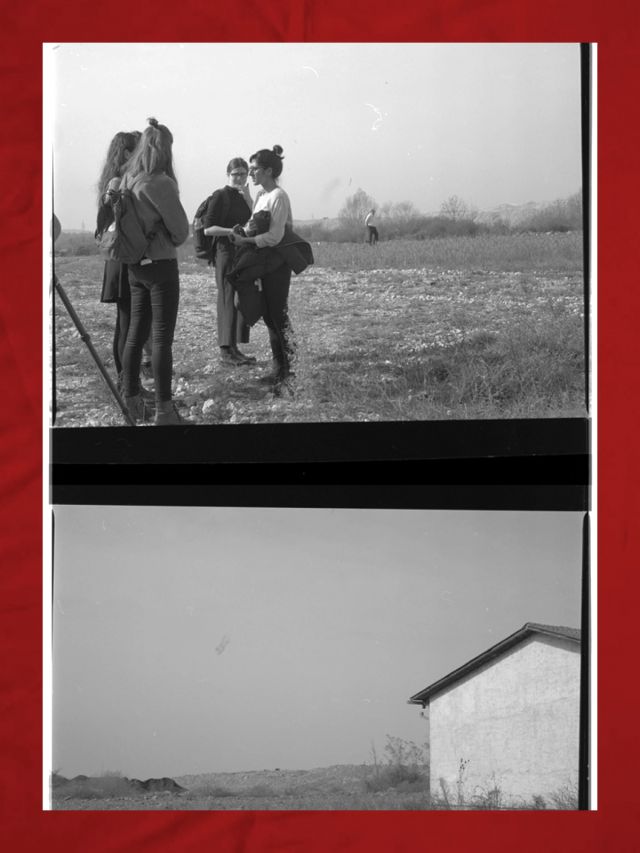Skip to main content
FOUR FACES OF OMARSKA
EXHIBITION | 27/SEPTEMBER – 18/OKTOBER 2023
Since the members of »Four Faces of Omarska« have withdrawn the exhibition, it is closed from 18/October.
»The statement issued by the Maxim Gorki Theatre of 14/October 2023 pushed us into the reality ...
Since the members of »Four Faces of Omarska« have withdrawn the exhibition, it is closed from 18/October.
»The statement issued by the Maxim Gorki Theatre of 14/October 2023 pushed us into the reality ruled by an injunction to accept the world without Palestinians. We, gathered around the exhibition Four Faces of Omarska, state that we cannot speak about Omarska without speaking about Gaza. We therefore withdraw the exhibition and all accompanying programs from the Berliner Herbstsalon.«
Authors of Four Faces of Omarska and participants of the Public Sessions (Damir Arsenijević, Ivana Bago, Abdelrahman Elbashir, Jasmina Husanović, Nusreta Sivac)
__________
Four Faces of Omarska is an investigative memorialization praxis and a platform engaged in exploring the strategies of memorial production from experiences and knowledges that have been subjugated, rejected, and excluded from public memory and public history. It asks how a site of atrocity becomes a site of learning based on solidarity and equality.
The title comes from four constitutive layers in the history of the mining complex in northwest Bosnia and Herzegovina, which was established in the Socialist Federative Republic of Yugoslavia as an iron ore mine. In 1992, at the beginning of the Yugoslav Wars, Bosnian Serb forces and local authorities transformed the mine into a torture and death camp for Yugoslav Muslims, Croats, and political prisoners. After the war, in 2004, ArcelorMittal, the world’s leading transnational steel and mining company, assumed majority ownership of the Omarska mine and resumed commercial mining operations. Finally, in 2007 it was used as a shooting location for the film Saint George Slays the Dragon, a historical ethno-blockbuster, co-produced by film companies from Serbia and Republika Srpska.
Constructed as a collaborative effort, Four Faces of Omarska is realized by authors and individuals from diverse backgrounds and locations, who have contributed to the project at different points in time. It encompasses a wide range of contemporary ideas and activities, drawing from fields such as activist interventions, humanities, art, architecture, and the critique of a politics of science and trauma management in Bosnia and Herzegovina. The exhibition employs the method of public montage, a collective open editing, to juxtapose and investigate the complexity of the intertwining layers of traumatic histories, exploitation, and continuing violence.
This newest edition of Four Faces of Omarska that premieres at the 6th Berliner Herbstsalon at the Gorki brings into focus the post-genocide ethno-societal division and reveals how the political legacy of war is perpetuated through global economic investments. It investigates the architecture and still unexplored new forms of concentration and prisoner-of-war camps that emerged at the onset of the war in Yugoslavia and persist through new forms of urbanity, economy, and socialization during the post-war transition. This new edition also highlights the recognition of wartime rape as a war crime under international law.
Photos: Andrea Peković, 2017, Sara Čorbić, Sanja Petkovska and Stasha Tomić
Part of 6. Berliner Herbstsalon 2023 LOST – YOU GO SLAVIA
as well as
Dubravka Sekulić



